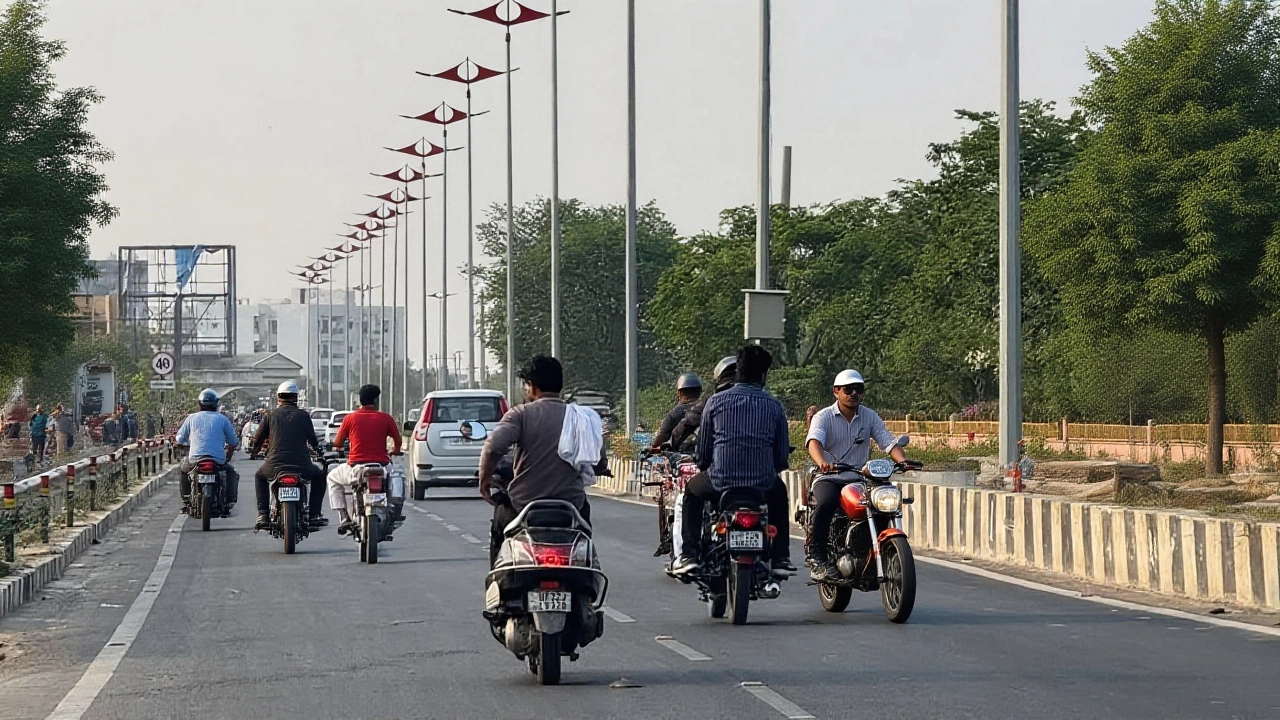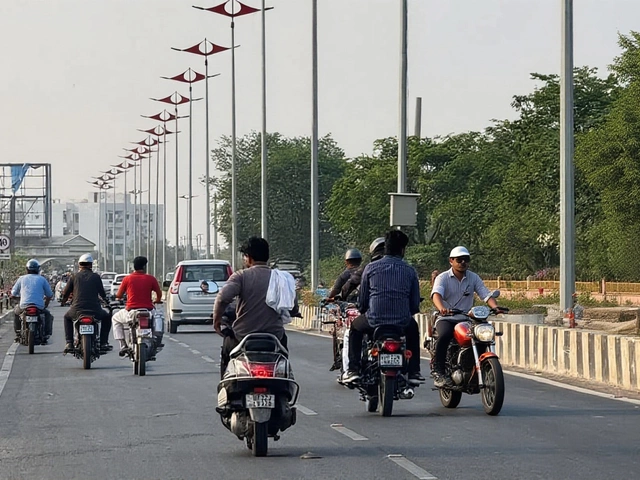What is AQI and Why Should You Care?
When you hear a news report say the AQI is 150, you might wonder what that number really tells you. AQI stands for Air Quality Index. It’s a single number that tells how clean or polluted the air is at a specific place and time. The scale runs from 0 (perfectly clean) to 500 (dangerously toxic). Governments use it to let the public know when it’s safe to go outside, run errands, or let the kids play.
In India, many cities cross the “unhealthy” mark during winter because of vehicle exhaust, crop‑burning smoke, and industrial emissions. Knowing the AQI helps you decide whether to wear a mask, keep windows shut, or schedule outdoor work for later in the day.
How AQI Is Measured
The index is built from measurements of five major pollutants: PM2.5, PM10, nitrogen dioxide (NO₂), sulfur dioxide (SO₂) and ozone (O₃). PM2.5 refers to particles smaller than 2.5 micrometers – tiny enough to slip deep into the lungs. PM10 are slightly larger particles that still cause irritation. Sensors placed across a city feed real‑time data to the monitoring agency, which then converts the raw numbers into the AQI scale.
Most state pollution boards publish the AQI on their websites and on mobile apps. You can also check it on weather apps that include a “air quality” tab. The color code makes it easy to read: green for good, yellow for moderate, orange for unhealthy for sensitive groups, red for unhealthy, purple for very unhealthy, and maroon for hazardous.
AQI’s Role in Dairy Farming
Air quality isn’t just a city‑dweller’s issue; it reaches farms too. When the AQI climbs, the same particulate matter that irritates humans also settles on pasture grass and feed. Cows that inhale polluted air may show reduced milk yield and a higher risk of respiratory infections.
Research from Indian agricultural universities shows that a sustained AQI above 150 can lower milk fat content by up to 3%. Poor air also stresses the animals, leading to higher cortisol levels, which affect fertility and overall health. Farmers who keep an eye on the AQI can adjust feeding times, move animals to better‑ventilated shelters, or use air‑purifying fans during high‑pollution days.
Simple steps like planting trees around the farm, using bio‑filters in milking parlors, and avoiding burning crop residues near dairy zones can bring the local AQI down. When the community works together to cut pollution, everyone – from city residents to milk producers – benefits.
So next time you see an AQI alert, think beyond personal health. Consider how the air you breathe could be affecting the milk in your fridge and the animals that produced it. Staying informed is the first step toward cleaner air for all.
Arvind Chatterjee, Oct, 1 2025
Delhi Gets Heavy Rain on Sept 30, 2025 – IMD Issues Orange Alert
Heavy rain on Sept 30, 2025, broke Delhi's heatwave as IMD issued an orange alert; flights, traffic and air quality were impacted, with rain expected to linger through early October.
View More




